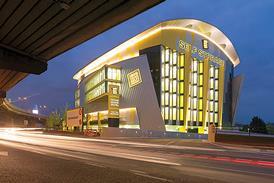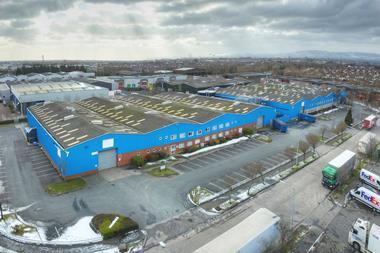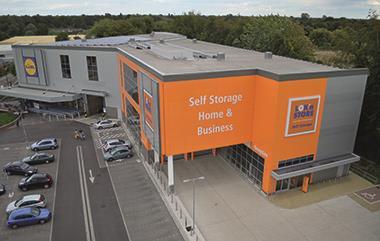Access to working capital is critical for companies in the current market environment.

However, due to the pandemic and its lingering impact, liquidity is constrained for many companies and traditional sources of capital have largely dried up.
In many European markets, banks are hesitant to issue loans, and when they do, they are typically on unfavourable terms. As such, we are seeing a surge of interest in sale-and-leasebacks, particularly across the industrial and logistics sectors.
In a sale-and-leaseback, a corporate owner-occupier sells its real estate to an investor for cash and simultaneously enters into a long-term lease. In the current low-yield environment, companies entering into a sale-and-leaseback can realise the full value of their real estate assets and lock in low rent for years to come.

They also benefit from maintaining full operational control of their facility and – depending on the buyer – gain a true long-term partner with the financial strength to fund future expansions and renovations.
Sellers in the current market can be broadly split between those struggling to survive and those struggling to keep up with demand. As many companies look to take advantage of today’s distressed market and grow their operations, sale-and-leaseback transactions are an ideal source of capital to fund M&A activity and things such as automation, or the construction of new industrial and logistics facilities needed to keep up with incremental inventory demand driven by e-commerce fulfilment needs.
In either case, whether a company is looking to fill temporary liquidity gaps in light of reduced revenue streams or bolster their liquidity position to take advantage of today’s market, a sale-and-leaseback – especially with an all-equity buyer – offers quick capital to meet companies’ needs.
Karolis Adlis is director at W. P. Carey






























No comments yet